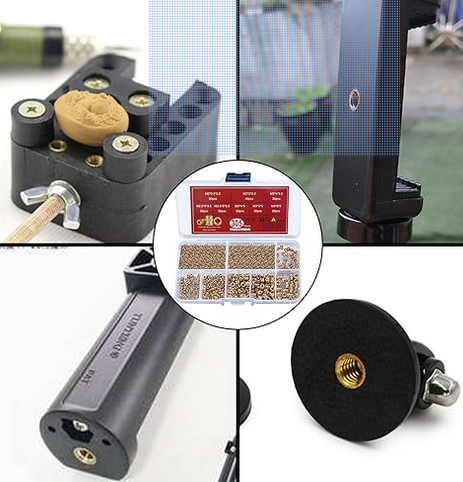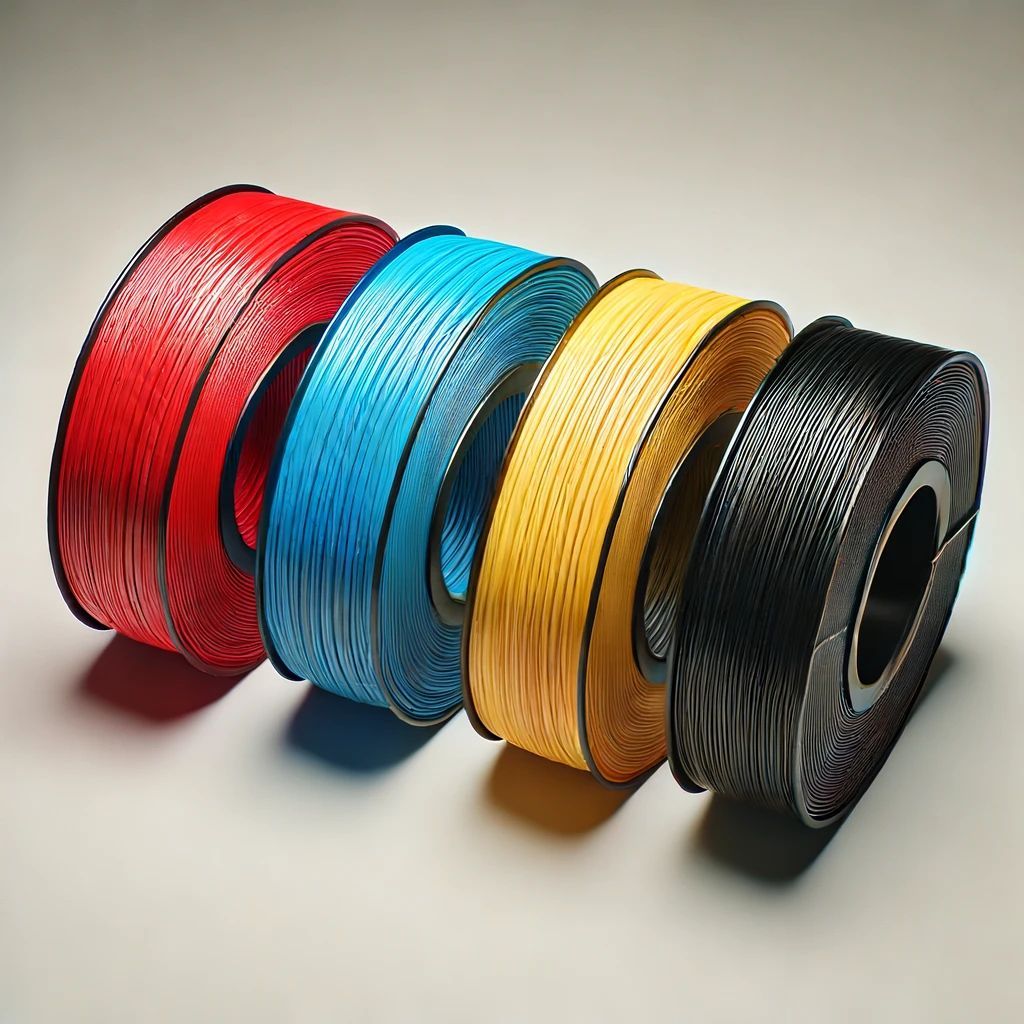3D Printed TPU Morbido
TPU – Flexible, Tough and Built to Take a Beating
Overview
TPU is your go-to material when you need a part that won’t snap, crack or shatter. I’m talking about something that bends, stretches, and still returns to shape. Think rubber‑like feel, but with more durability and better precision when printed right.
We use TPU when a customer says, “I need this to flex but still last.” Whether it’s for seals, gaskets, vibration‑dampening mounts, or custom grips — TPU is brilliant for jobs where impact resistance and flexibility are key.
Key Technical Specifications (Typical Values)
• Shore hardness: 85–95A (softer to firmer rubber feel)
• Elongation at break: 300–600%
• Tensile strength: 25–50 MPa
• Impact resistance: Extremely high
• Heat deflection temperature: 60–80°C
• Density: ~1.2 g/cm³
• Abrasion resistance: Very good
• UV resistance: Moderate
• Chemical resistance: Good (oils, greases, some solvents)
This stuff’s built to move. You can twist it, stretch it, squash it — and it’ll still do its job.
Why Engineers Use TPU
You use TPU when something needs to absorb shock, flex under pressure, or make a seal. I recommend TPU when:
• You need flexibility and repeated movement
• You want to replace a rubber part without tooling
• You’re prototyping parts that will later be cast in rubber
• You need some impact protection in your design
It’s especially good for grommets, cable protectors, bump stops, and even shoe soles.
Real-World Applications
We’ve printed TPU parts for:
• Dust seals and custom gaskets
• Vibration‑dampening feet for machines
• Flexible tool grips and ergonomic covers
• Snap-fit connectors that need to flex
• Custom bumpers for impact zones
• Protective sleeves and cable guides
If it's got to flex without failing — TPU’s your best bet.
What to Consider with TPU
Printing TPU isn’t like printing PLA or ABS. It’s soft and slippery, so you’ve got to treat it right. Here’s how we handle it:
• Slow print speed — 20 to 40 mm/s tops
• Direct drive extruder preferred for better grip
• Print temp: usually 220–250°C
• Bed temp: 40–60°C (no warping, but better adhesion)
• Minimal retraction to avoid stringing
We build the part based on its real use. If it’s a thin gasket, we’ll print it flat. If it’s a shock pad, we adjust the infill pattern to manage compression zones.
Why Buyers Choose TPU
From a purchasing standpoint, TPU solves problems that rigid plastics can’t. It’s ideal when:
• You need flexibility without going to silicone moulding
• You want to skip rubber tooling costs
• You’re testing a product for ergonomic fit or function
• You need one‑off protective parts quickly
It’s a low-risk, high-reward material. You get a lot of function without a big cost.
Why We Use TPU at Mitchell & Son
We had a client come in who needed a rubber foot for a discontinued bit of lab equipment. OEM wanted a few hundred quid just for a part that should’ve cost a fiver. I told him, “Give me the sample — I’ll CAD it, print it in TPU, and you’ll be sorted.” Next day, done. Cost him next to nothing, worked perfectly. That’s the difference between off-the-shelf and custom printing that’s done properly.
We don’t just print rubbery things for the fun of it — we do it because TPU fixes real-world problems when rigid plastic just won’t cut it.
SOME INFOMATION ABOUT THE MATERIAL
3D printing has come a long way in recent years. Once the domain of large corporations and hobbyists with expensive equipment, 3D printing is now accessible to anyone with a computer and an internet connection.
One of the most popular materials for 3D printing is TPU, or Thermoplastic Polyurethane. TPU Morbido is a flexible and durable material that is perfect for both beginners and experienced 3D printers.
TPU Morbido has unique characteristics that make it elastic like rubber, yet durable like plastic. This makes it perfect for a wide range of applications, from phone cases to prosthetic limbs.
Despite its many benefits, TPU is not without its challenges. One of the biggest challenges is that TPU is not compatible with all 3D printers. Some printers cannot reach the high temperatures required to melt TPU, while others cannot produce the high-quality finish that is possible with other materials.
Despite these challenges, TPU Morbido is a popular material for 3D printing. Thanks to its unique properties, TPU is perfect for a wide range of applications. Whether you're a beginner or an experienced 3D printer, TPU is a great material to experiment with













